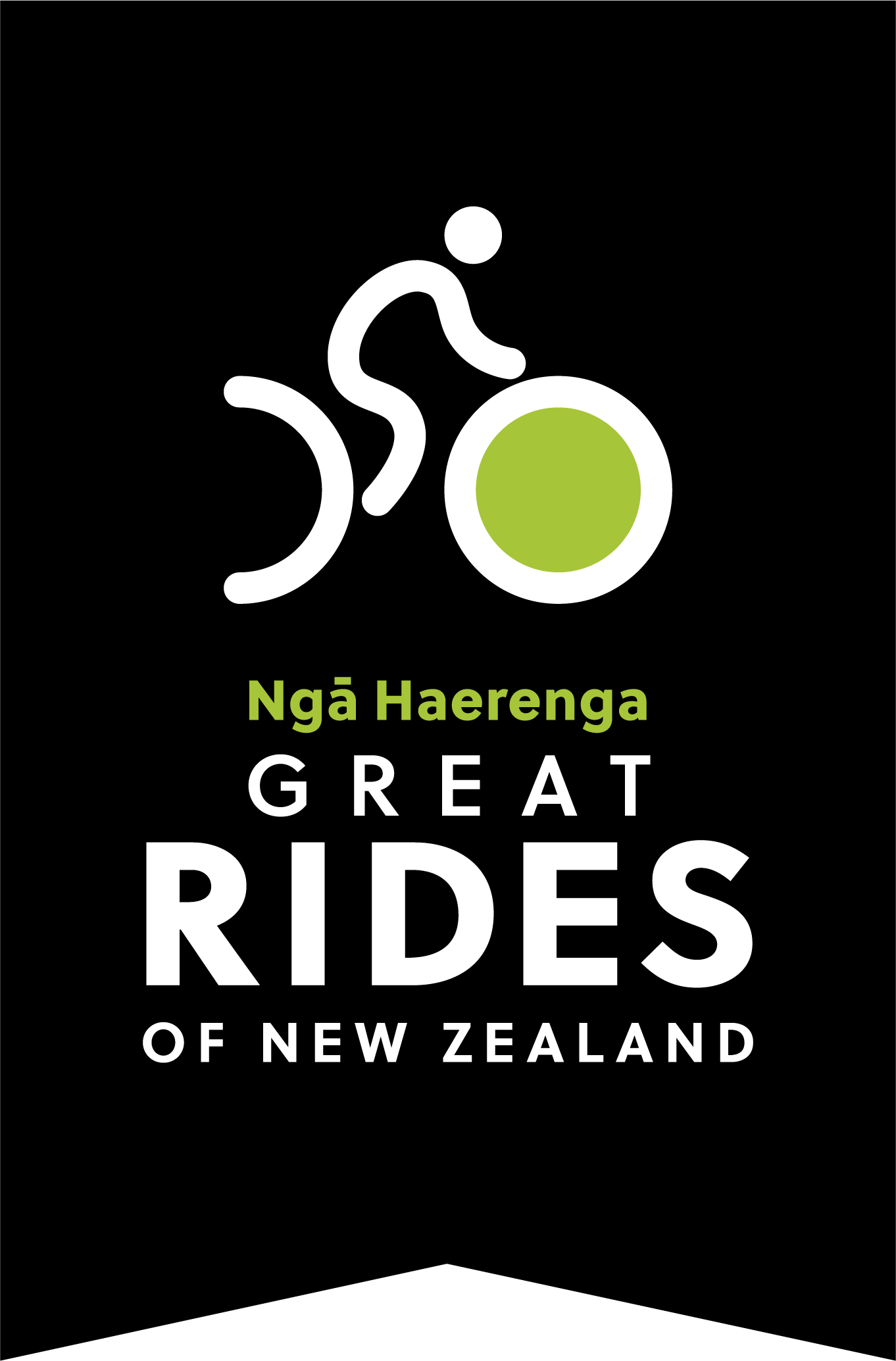The Trail
Accessible Ride Information
Accessible Ride Guide
The West Coast Wilderness Trail Trust has developed an Accessible Ride Guide to assist riders with all sorts of special mobility needs plan your ride. This is a free download from the link below. If you are considering riding the trail and would like more detailed advice, or, if you've ridden the trail with any form of physical disability and would like to share your experience, please email the Wilderness Trail Manager on: manager@westcoastwildernesstrail.co.nz
This resource is being further developed with video clips to be made at ground level of people in chairs and adaptive bikes riding all the pinch points so they can be clearly viewed. This will allow riders to make their own decisions on whether help is required.
Download the latest version of the guide by clicking the button below.
Check out the Accessibility Information option on the map on the See, Do, Stay tab for photos and videos of the areas that might have mobility challenges.
Map of key accessibility points
We have mapped the key points on the trail that those on adaptive equipment should be aware of on our interactive map.
Natalie Gauld shares her experiences
I have motor neurone disease which causes muscle weakness and eventually paralysis. So I can still enjoy the outdoors and exercise, I ride a Motom, an electric three-wheeler with pedals and rear wheel drive. It is about 940mm wide and shorter than some three-wheelers.
I have loved riding the West Coast Wilderness Trail on four separate visits. The trails are generally wide and a pleasure to ride with the variety of beautiful forest and the sound of birds and cicadas, farmland and the coast. The continual work improving accessibility have made the ride better.
In some places barriers required a lift-over, but some I could go under and sometimes a gate could be opened alongside or a bollard removed to get through. The switchbacks going up from Milltown were manageable because the Motom is not too long, and the boardwalks were fine for width. Although no one could pass me on the board walk this was manageable. The Accessibility Guide provides excellent information on barriers and other features which is helpful as adaptive equipment and people's preferences for riding vary.
I am so pleased the West Coast Wilderness Trail Trust have written this guide, and I hope more people on adaptive equipment will enjoy this gorgeous ride. The West Coast Wilderness Trail remains my favourite NZ ride.
Bernard Mahuika
I’m a complete T5 paraplegic and have used a free wheel on my wheelchair and a handcycle on the trail.
The whole trail is accessible with a free wheel attachment on a wheelchair. Some of the hills between Kumara and Kaniere can be a challenge in either direction, so I would probably recommend a helper for some not so confident people in that section.
Between Greymouth and Kumara is easily ridden on a recreational handcycle or even a road racing cycle as there are no sharp corners but the narrow tyres could be a problem on the loose gravel, so I’d recommend a helper.
The best part is probably from the Summit heading south down through Cowboy Paradise to Milltown Road. There is lots of freewheeling especially down though the switch-backs above and below Cowboy Paradise. Some pretty cool scenery, just a very cool trail.
Ross Ormsby
C5/6 tetraplegic – Electric, Front wheel drive Handcycle – able to be contacted on 021 665 627. E: thatguyrossormsby@gmail.com
I am an active tetraplegic with a powerful e-bike. Its limitation is skidding as it is front wheel drive so I had some need for pushing in the forest.
Plan your trip well for safety. I suggest riders hire a Sat Phone and carry EPERB/Locator and call local contacts to be aware of support and progress.
I would do it again in two longer days.
